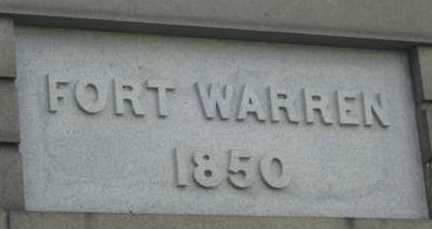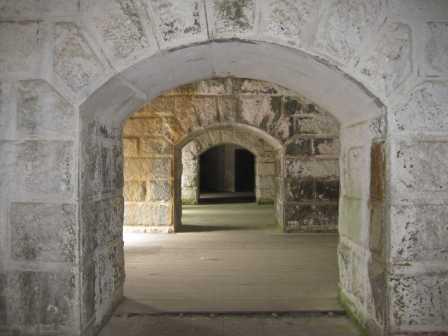By Kathleen Barker
More than 500 teachers from across the United States (and Dubai!) will return to school this fall equipped with classroom resources obtained through various workshops at the Massachusetts Historical Society. Educators, as well as a few curious adults, took part in fourteen different workshops offered at the MHS this summer. These lucky participants investigated documents related to a vast array of intriguing characters, events, and issues. Topics on offer included the dilemmas of colonial governor Thomas Hutchinson, daily life during the Siege of Boston, the ratification of the United States Constitution in Massachusetts, women in colonial Boston, and Irish American and African American participation in the Union Army during the Civil War.
 Whenever possible, education programs at MHS provide educators with opportunities to explore landscapes related to the Society’s documents and artifacts. We were fortunate to take several field trips this summer to locales in Boston and beyond. Participants in our Thomas Hutchinson workshop spent a beautiful summer day exploring the Forbes House Museum and other Hutchinson memorabilia in Milton. (Pictured on left.) While learning about the Siege of Boston, other educators took a tour of Loyalist Cambridge with J.L. Bell that included a stop at Longfellow House – Washington’s Headquarters. Where better to see the Constitution in action than at a courthouse?
Whenever possible, education programs at MHS provide educators with opportunities to explore landscapes related to the Society’s documents and artifacts. We were fortunate to take several field trips this summer to locales in Boston and beyond. Participants in our Thomas Hutchinson workshop spent a beautiful summer day exploring the Forbes House Museum and other Hutchinson memorabilia in Milton. (Pictured on left.) While learning about the Siege of Boston, other educators took a tour of Loyalist Cambridge with J.L. Bell that included a stop at Longfellow House – Washington’s Headquarters. Where better to see the Constitution in action than at a courthouse?  Our Constitution workshop participants were able to discuss the ratification process in the elegant surroundings of Boston’s John Adams Courthouse, home of the Supreme Judicial Court of Massachusetts. (Pictured on right.) Of course, not all of our excursions were land-based. In early August, twenty teachers from the Boston area participated in a workshop at Fort Warren on Georges Island, part of Boston Harbor Islands National Recreation Area.
Our Constitution workshop participants were able to discuss the ratification process in the elegant surroundings of Boston’s John Adams Courthouse, home of the Supreme Judicial Court of Massachusetts. (Pictured on right.) Of course, not all of our excursions were land-based. In early August, twenty teachers from the Boston area participated in a workshop at Fort Warren on Georges Island, part of Boston Harbor Islands National Recreation Area.
Although the majority of our teacher workshops take place in the summer months, the MHS offers occasional workshops throughout the academic year. For a list of upcoming programs specifically for teachers, visit our events calendar or contact the Education Department.



